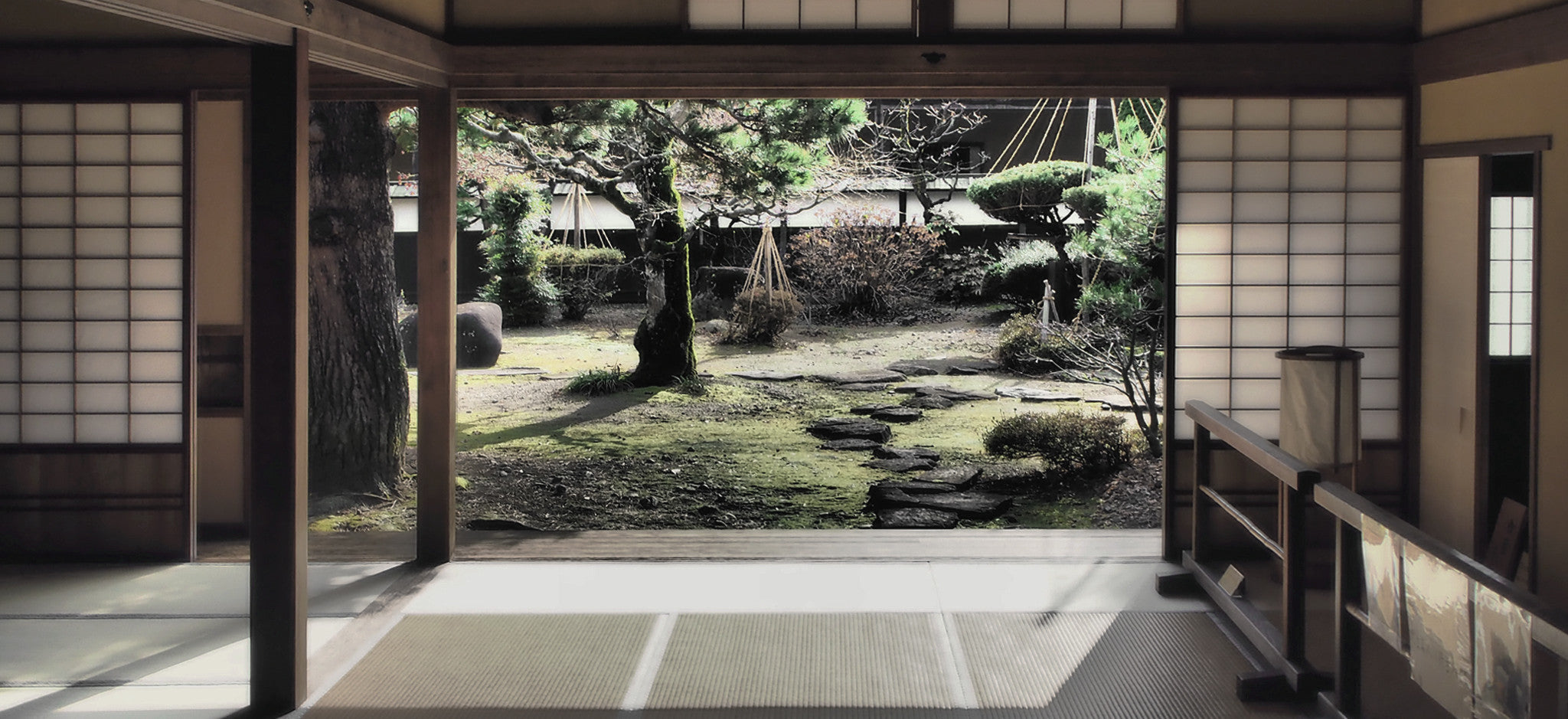As the most consumed beverage in the world after water, tea has a long and complex history that spans multiple cultures over thousands of years. Matcha has evolved through a fascinating journey that first began in China, and continued via the spread of Zen Buddhism to Japan before it was later assimilated as the centrepiece of the Japanese tea ceremony. Now it has attained global popularity to become one of most unique and highly-prized delicacies of the 21st century.
In its infancy, matcha was in fact vastly different to what we now know. Chinese Zen (Chan) monks in the early 600’s in Tang-Dynasty China simply prepared matcha by roasting and pulverising the tea leaves, and then brewing the resulting by-product in hot water before adding a pinch of salt. Song-Dynasty China saw the development of matcha being prepared from steam-dried leaves, then whipped up with hot water in a large bowl. This process soon became a key part of Zen Buddhist monks’ daily ritual as they realised the meditational benefits of matcha, which provided them with sustained energy and a level of mental acuity that they had never experienced previously.
This ritual of preparing and consuming the powdered tea was eventually brought to Japan in 1191 by an influential Japanese Zen Buddhist monk, Eisai Myoan. Eisai wrote the first treatise on tea, Kissa Youjyouki, which famously described matcha as a precious medicine, the ‘elixir of the immortals’, encouraging the Japanese to take on this tea-drinking habit for its health benefits.
Viewed more as a medicine than a delicacy, matcha in the early days was marked by its bitter flavour profile. It was not until much later, during the 15th-16th centuries that Japanese tea growers discovered by accident that shading the tea plants 20-30 days before harvest created a mellow, umami-sweet taste in the tea leaves. With time, the technique of cultivating matcha was further refined, and by the beginning of the 19th century, skilled tea farmers were able to produce matcha with a smooth and mellow flavour profile similar to that of the high-quality matcha of today.
Matcha used to be one of Japan’s best-kept secrets. However, the popularity of matcha has never been more widespread than it is today. Had the tea not been so well received by Zen Buddhism in Japan hundreds of years ago, we might not be able to savour the delicious ceremonial delicacy we call matcha in our modern world today.


